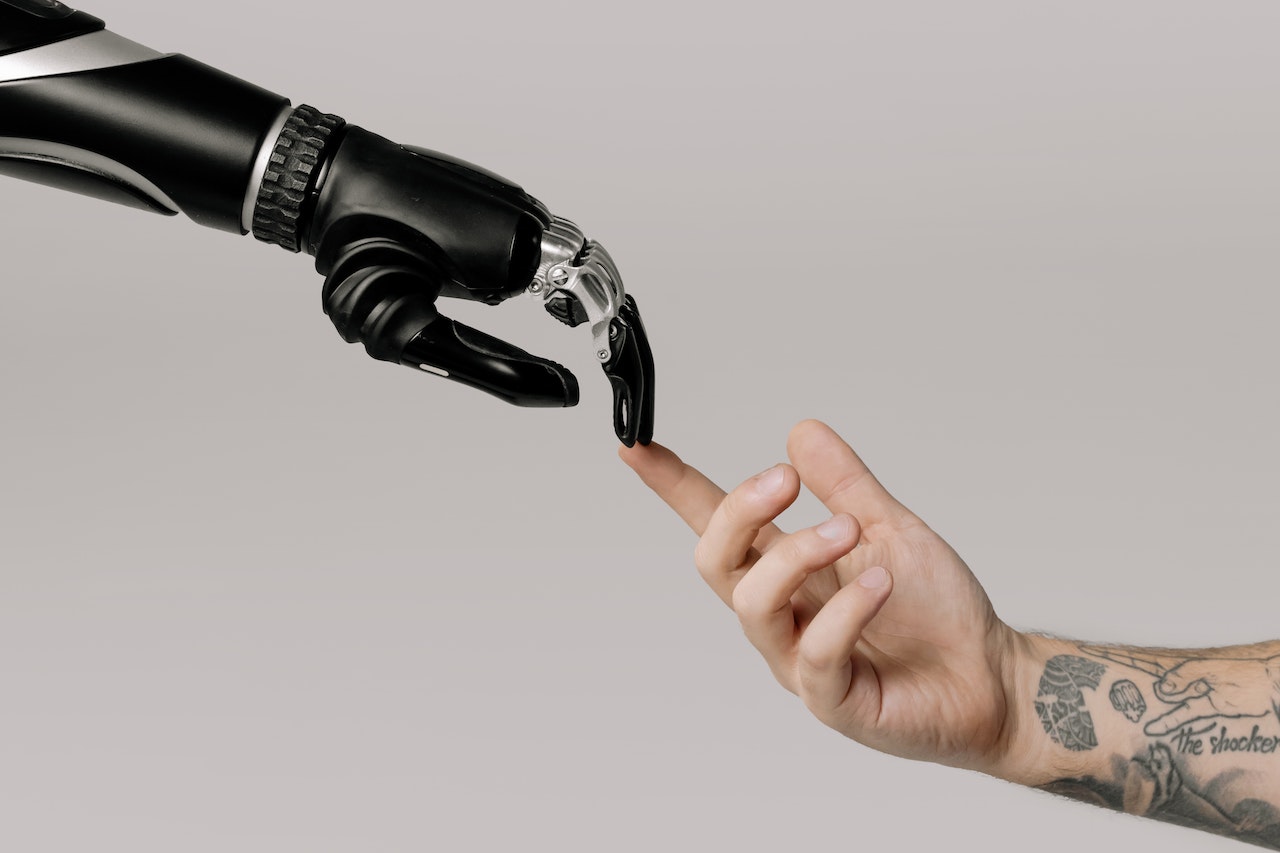Embracing AI and Automation: The Future of Work and Business Sustainability
The rapid advancements in artificial intelligence (AI) and automation have generated a lot of discussion about their potential impact on the workforce, business processes, and society at large. As businesses grapple with these emerging technologies, they must be prepared to adapt and leverage them to remain competitive and sustainable. In this blog, we will explore several key questions that shed light on the future of work and how businesses can navigate this brave new world.
The AI and Automation Revolution: Workforce Implications and Adaptation Strategies
AI and automation are poised to transform the workforce landscape by displacing jobs while also creating new opportunities. To adapt to these changes, businesses must invest in reskilling and upskilling programs to help employees stay relevant and transition to new roles. Companies should also embrace a culture of lifelong learning and encourage employees to develop skills in areas such as data analysis, programming, and digital literacy. Moreover, implementing AI and automation responsibly to augment human capabilities can create an environment where humans and machines work together to achieve better outcomes.
Remote Work and Essential Technologies for Productivity, Collaboration, and Community
As remote work becomes more prevalent, businesses must adopt technologies that facilitate productivity, collaboration, and a sense of community among employees. Video conferencing tools like Zoom or Microsoft Teams enable face-to-face interactions and maintain team cohesion. Collaboration platforms like Slack or Asana allow for real-time communication and project management. Furthermore, virtual reality (VR) and augmented reality (AR) technologies can simulate in-person meetings and create immersive remote work experiences.
Leveraging Technology in the Gig Economy: Freelancer Management and Integration
The gig economy’s growth presents opportunities for businesses to tap into a flexible and diverse workforce. To effectively manage freelancers and integrate them into their operations, businesses can utilize freelance management platforms like Upwork or Fiverr that streamline hiring, project management, and payments. Establishing clear communication channels and guidelines ensures freelancers understand their role and expectations. Additionally, fostering a sense of belonging by including freelancers in team meetings, training sessions, and company events can help integrate them into the company culture.
Technology and Corporate Social Responsibility: A Sustainable Future
Businesses have a critical role to play in minimizing their environmental impact and contributing to a sustainable future. Technologies that can help achieve this goal include IoT-enabled devices and sensors that monitor and optimize energy usage in real-time. Blockchain technology can improve supply chain transparency and traceability. Machine learning algorithms enable predictive maintenance, reducing waste and increasing the lifespan of equipment.
Generative AI in Business Processes: Enhancing Content Creation, Customer Service, and Product Design
Generative AI has the potential to revolutionize business processes by automating content creation, improving customer service, and enhancing product design. To maintain quality and authenticity, businesses should combine AI-generated content with human input to ensure relevance and context. Implementing feedback loops for AI-generated customer service interactions allows for continuous improvement and human oversight. In product design, leveraging AI for rapid prototyping while retaining human creativity for final decisions and refinements can yield significant benefits.
Ethical and Legal Concerns: Intellectual Property Rights and Disinformation
The increasing capabilities of generative AI raise ethical and legal concerns that businesses must address. Establishing clear guidelines on intellectual property rights for AI-generated content and creations is essential to prevent disputes and protect original work. Implementing policies and mechanisms to combat the spread of disinformation generated by AI systems helps maintain the integrity of information and protect users. Engaging in multi-stakeholder dialogues to develop industry standards and best practices can foster responsible AI development and adoption.
Balancing Efficiency and Human Creativity
As generative AI continues to improve, businesses must strike a balance between leveraging its benefits for efficiency and cost reduction while ensuring human creativity and decision-making remain integral to their operations. This can be achieved by creating a collaborative environment where AI systems augment human abilities rather than replace them. For example, AI can be used to analyze data and identify patterns, while humans can apply their expertise and intuition to interpret the findings and make strategic decisions.
Additionally, businesses should focus on developing a symbiotic relationship between AI and human workers, promoting a culture that values the unique contributions of both. This includes designing AI systems that are user-friendly and accessible, allowing employees to harness the technology’s power and enhance their own capabilities. Regular training and education on AI can empower employees to stay updated on the latest developments and make the most of the technology in their work.
Conclusion
In conclusion, the future of work and business sustainability hinges on how well businesses adapt to the rapid advancements in AI and automation.
By proactively addressing workforce challenges, leveraging technology for remote work and the gig economy, embracing corporate social responsibility, and responsibly deploying generative AI, businesses can create a competitive advantage while ensuring a sustainable and inclusive future.
Ultimately, striking the right balance between AI-driven efficiency and human creativity will define the success of businesses in this era of digital transformation.
Check out the fireside chat video about this blog by clicking here


